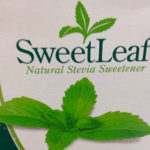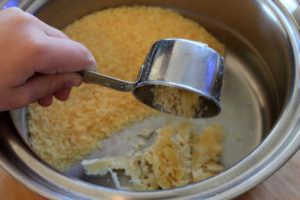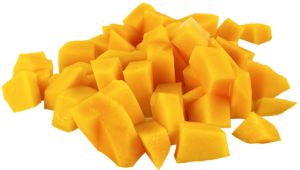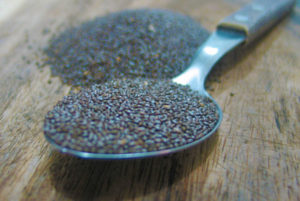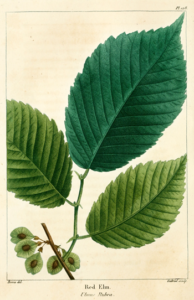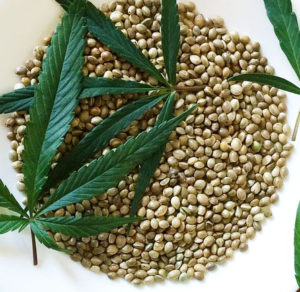 Stress and Histamine
Stress and Histamine
“When you’re all stressed out, your body releases hormones and other chemicals, including histamine, the powerful chemical that leads to allergy symptoms. While stress doesn’t actually cause allergies, it can make an allergic reaction worse by increasing the histamine in your bloodstream.”
Stress Relief Strategies to Ease Allergy Symptoms – WebMD
This is the first in our series of posts giving you strategies for dealing with stress.
Life comes with its own built-in stressors. We can try to avoid stressful situations, but:
- It’s impossible to completely avoid all stress.
- We actually need small amounts of stress now and then. A little bit of stress, for a short time, can be inspiring and motivating. It’s long-term, chronic stress that can cause health problems.
It’s not so much the stressfulness of a situation that determines how stressed an individual person will feel. It’s that person’s reaction to the situation. For example, two people could find themselves in identical situations, and one might react calmly while the other one panics.
Stress management – the first steps
Stressful situations will always come and go in our lives. There’s not much you can do to stop them happening, but there is a lot you can do to minimize stress and its effects.
Step 1:
Recognize that you are in control of your own emotions, thoughts, routines, and responses to stress. Studies show that simply knowing we have some control over our own lives is a major factor in minimizing the effects of stress!
Step 2:
Figure out what is causing the stress in your life.
We’re not always conscious of the real sources of stress. Many people suffer from low-level stress without really knowing why. Sometimes we think we know the reasons, but if we look closer, there may be other causes involved. Thoughts and feelings play a major role.
For example, maybe you feel you are rushed off your feet every day, and you have too much to do. You might blame a heavy work-load for your feelings of stress. But perhaps you are expecting too much of yourself – setting impossibly high standards for the amount of work you think you should get through. Allow yourself to be less of a perfectionist. Permit yourself to take a break and relax from time to time. Simply changing your expectations to make them more realistic could decrease your stress levels.
The point is, you might be blaming external forces for your stress, when in fact your own inner thoughts and feelings are largely contributing to it. If you go on telling yourself that all your stress is due to external factors beyond your control, you will always feel helpless. Work out how much of your stress is due to external factors such as your environment, or your health, or the people around you, and how much of your stress is your own responsibility. The great thing about being responsible for some of your own stress is that it means you can do something about it! You can control it!
In an article called “Stress Management”, the University of Southern California recommends keeping a simple daily “Stress Journal” so that you can make a list of all the things that stress you out from day to day, and how you responded to them.
[“Stress Management” Be Well at USC. University of Southern California. ]
This is a good way to understand whether your stress responses are useful or counterproductive. For example, do you react to relationship problems by over-eating, smoking or drinking? Or by talking to friends or counselors?
Step 3:
Work out how to deal with the sources of stress in your life.
If your stress journal shows a pattern of unhealthy, unproductive ways you react to stress, then swap them for better responses.
In our next post we will give you some helpful, proven strategies for doing this.




